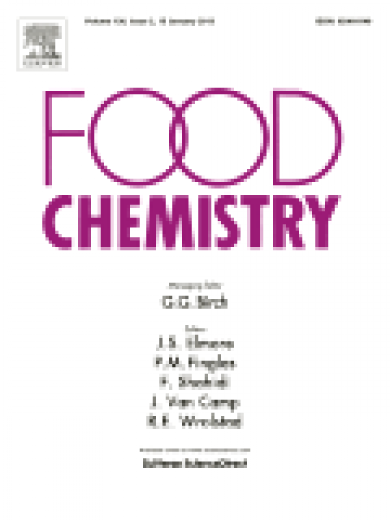Abstract
Canna starch and its derivatives (retrograded, retrograded debranched, and cross-linked) were evaluated for their suitability to be used as prebiotic sources in a rice noodle product. Twenty percent of the rice flour was replaced with these tested starches, and the noodles obtained were analyzed for morphology, cooking qualities, textural properties, and capability of producing short-chain fatty acids (SCFAs). Crosslinked canna starch could increase tensile strength and elongation of rice noodles. Total dietary fiber (TDF) content of noodles made from rice flour was 3.0% and increased to 5.1% and 7.3% when rice flour was replaced with retrograded and retrograded debranched starches, respectively. Cooking qualities and textural properties of noodles containing 20% retrograded debranched starch were mostly comparable, while the capability of producing SCFAs and butyric acid was superior to the control rice noodles; the cooked noodle strips also showed fewer tendencies to stick together.
Keywords
Rice noodles, Canna starch, Dietary fiber, Short-chain fatty acids, Butyric acid





